Dear friends,
This year, all indica and sativa entries to the ICmag 420 cup were analyzed by TestLab Amsterdam.
They did a cannabinoid analysis, TLC with pixel quantification software.
Cannabinoids tested for were: THC, THCV, CBN, CBD, CBG and CBC.
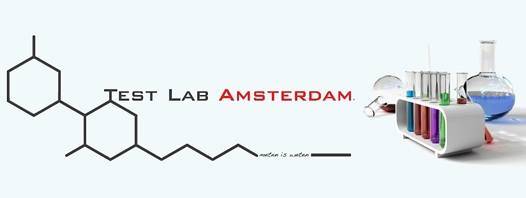
Without any further delay I hereby present to you the results:
INDICA
Sample 1-10:
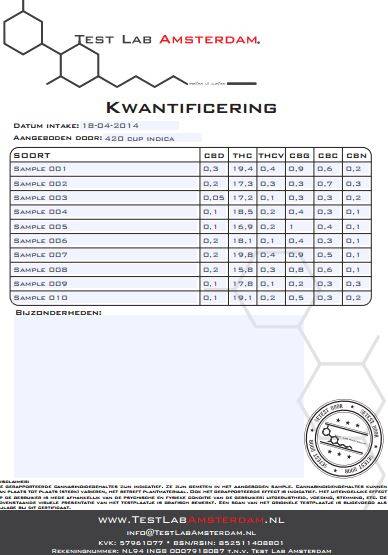
Sample 11-13:
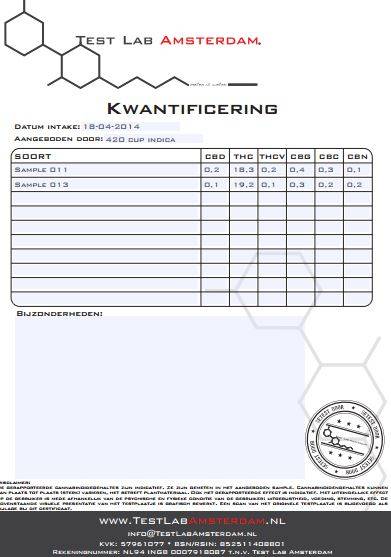
SATIVA
Sample 30-39:
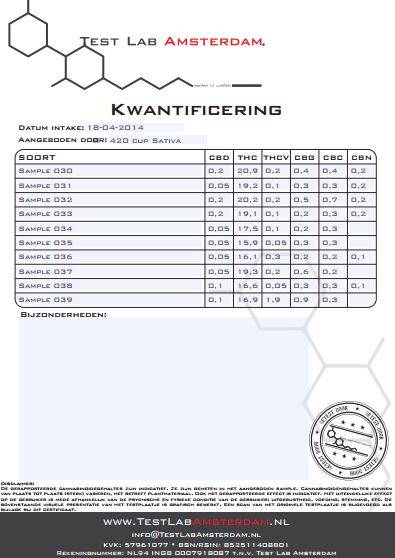
Sample 40-42:
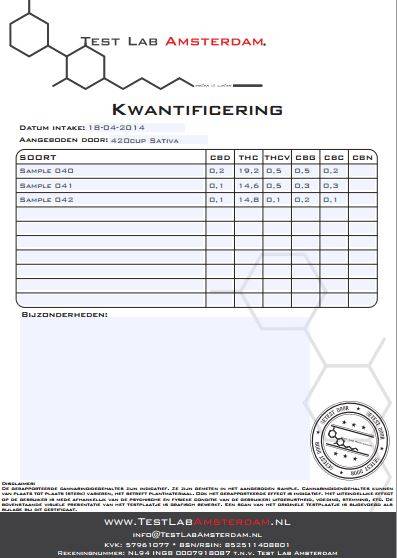
Next year, lets try to have the entries tested for terpenes, pesticides, heavy metals and contaminants. All this are steps to give all of us more insight into our beloved plant.
Any questions concerning testing, you can always contact Testlab. (their contact info in on the test sheet or on their website)
This year, all indica and sativa entries to the ICmag 420 cup were analyzed by TestLab Amsterdam.
They did a cannabinoid analysis, TLC with pixel quantification software.
Cannabinoids tested for were: THC, THCV, CBN, CBD, CBG and CBC.
Without any further delay I hereby present to you the results:
INDICA
Sample 1-10:
Sample 11-13:
SATIVA
Sample 30-39:
Sample 40-42:
Next year, lets try to have the entries tested for terpenes, pesticides, heavy metals and contaminants. All this are steps to give all of us more insight into our beloved plant.
Any questions concerning testing, you can always contact Testlab. (their contact info in on the test sheet or on their website)




